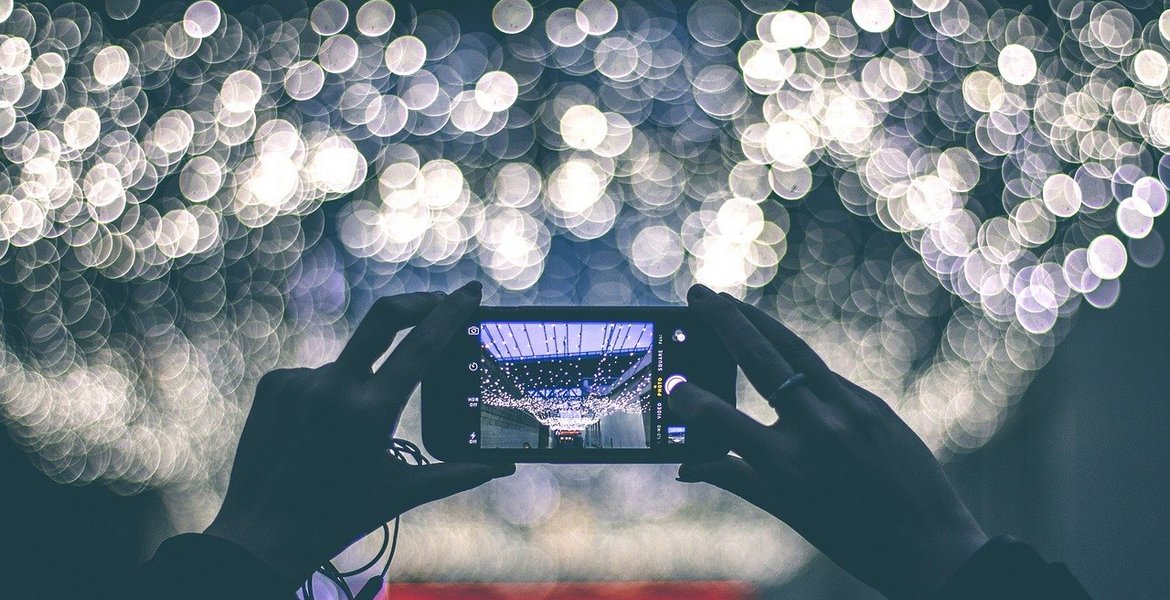The main innovation of the early XXI century was the introduction of LED technology. With a high starting price, they are the most energy efficient, environmentally friendly and safe of all light sources on the market. The design of artificial crystals allows the design of modern lighting fixtures with a futuristic look, not reminiscent of the usual chandeliers with horns and lamps. The widespread use of diodes as optimal lighting fixtures has led to general lighting trends:
- Energy efficiency. In incandescent bulbs, 80% or more of the energy goes to heat and only the rest to light. Slightly better this indicator in discharge and fluorescent bulbs, but all of them lose to modern LED technology, which is characterized by the least heat. If the energy efficiency of incandescent and halogen lamps is in the range of 8-16 Lm/W, energy-saving – 45-60 Lm/W, metal-halide – 80-90 Lm/W, the ice bulbs reach the indicators of 100-150 Lm/W;
- Economy – is an organic continuation of the previous point and a global trend not only of modern lighting technology, but consumption in general;
- Careful influence on nature. The movement towards environmental friendliness requires light sources to match the task at hand and not to harm nature. LEDs do not require recycling, do not contain in their construction harmful substances, inert gases and mercury;
- safety in use. Fire safety LED lights is at the highest level, and the plastic that is used as components LED bulbs do not break into fragments and difficult to break. The exception is the filament bulbs;
- long service life. The modern rhythm of life is very accelerated compared to the previous century, so users prefer to invest in high-quality lighting technology, easy to use and maintain. LEDs, which can last up to 50,000 hours without loss of quality, meet this parameter. This means that you can forget about replacing them for several years after installation;
- Increased requirements to quality of color rendering make the conventional incandescent bulb popular. Its color rendering remains at the highest level – up to 90 Ra. Such indicator still happens only with a few diode devices, whose indicators remain in the range of 70-85 Ra;
- Intelligent control – modern technologies of smart devices, controlled at a distance and programmable via remote control or an application on a smartphone are increasingly common;
- Functionality and practicality of lighting – the maintenance of various functions, such as variation of glow temperature, RGB, dimming, adjustment under the biorhythms of the person allows you to limit yourself to one or two light fixtures instead of many. This saves space and increases the overall lighting efficiency;
- Stylish appearance – individuality in everything is also one of the trends in modern lighting technologies. Fixtures with flexible bases, unusual plafonds, ice ribbons, points cause innovative, unlike previous lighting schemes of residential, office, public buildings, as well as street and architectural lighting.
Diodes operate on a direct current of different ratings, but in recent years, as power sources, manufacturers are turning to the development of lighting devices on alternating current sources. This will increase their power and avoid linear distortion. Thinness and flexibility of devices is also a priority for the developers of modern technology. LED crystal substrates made of sapphire glass and silicon are now being actively introduced for widespread use. But in the near future, active promotion of GaN – gallium nitride substrates is possible.
